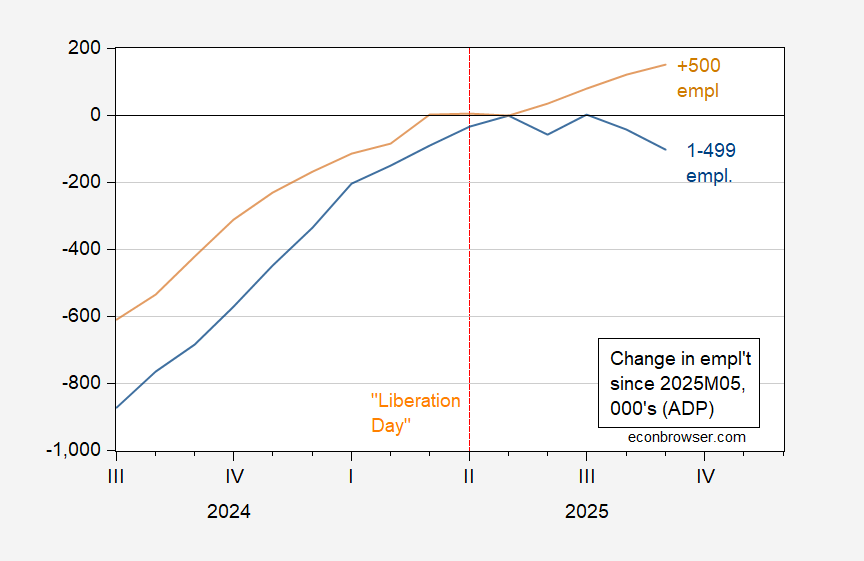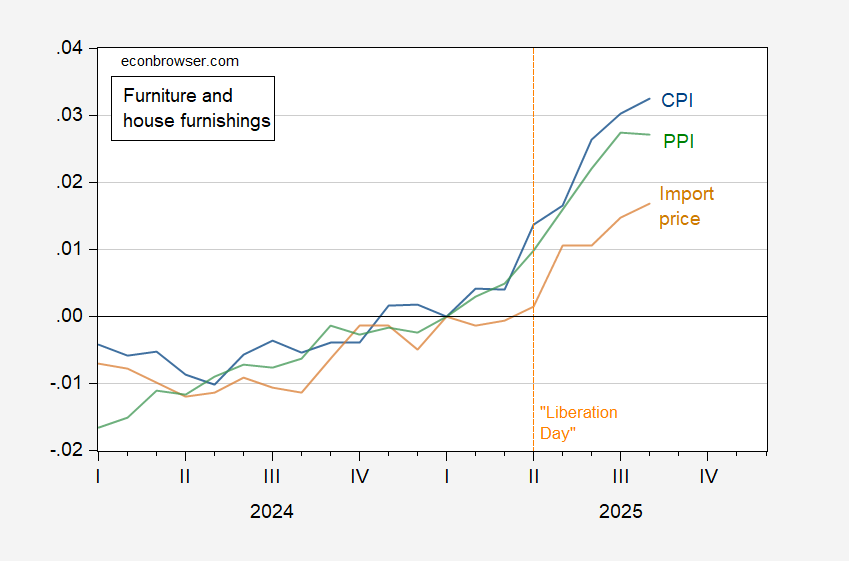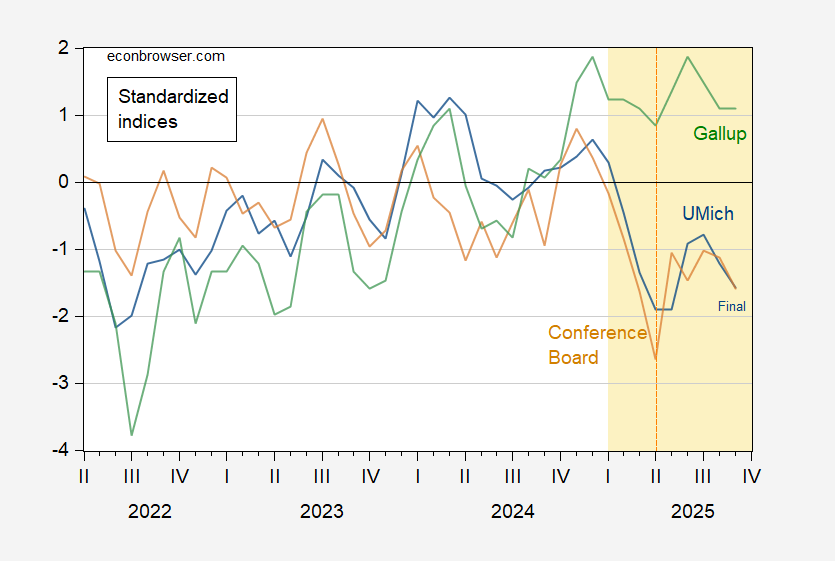
The latest release from ADP has ignited discussions regarding the current state of employment across the United States, particularly highlighting the challenges faced by smaller businesses. A recent nowcast indicated a decline of 78,000 jobs in private nonfarm payroll employment, albeit with a broad prediction interval, underscoring the uncertainty permeating the labor market.
Delving deeper into the data, it becomes apparent that the experiences of small firms—defined as those with fewer than 500 employees—are diverging significantly from their larger counterparts. The theory of the financial accelerator suggests that smaller firms, which typically have less collateral backing, will experience economic slowdowns sooner than larger firms. This principle raises important questions about the different trends reflected in the employment data.
A closer examination of the employment figures reveals stark realities. The data indicates that private employment in firms with 1-499 employees accounts for approximately 80% of total employment. Alarmingly, employment growth within these smaller firms has nearly come to a standstill. This trend raises concerns about the broader implications for the economy, as small businesses are often seen as the backbone of local economies, driving innovation and job creation.
As we analyze the employment trends, the contrast is striking. While larger firms may continue to show growth, smaller businesses are grappling with stagnation, which could have far-reaching effects on the labor market and the economy at large. The data showcases a worrying trend: employment growth has essentially vanished for smaller firms, signaling potential trouble ahead not just for these businesses, but for the communities that depend on them.
The implications of these findings are profound. As small businesses continue to struggle, the ripple effects could lead to increased unemployment and reduced economic activity. This situation calls for a renewed focus on supporting small businesses through targeted policies and initiatives, including access to capital, workforce development programs, and assistance in navigating regulatory challenges.
In summary, the latest employment data from ADP paints a concerning picture for small businesses, highlighting a critical area that requires urgent attention. As we move forward, it is essential to address the challenges faced by smaller firms to ensure a robust and equitable economic recovery for all.


